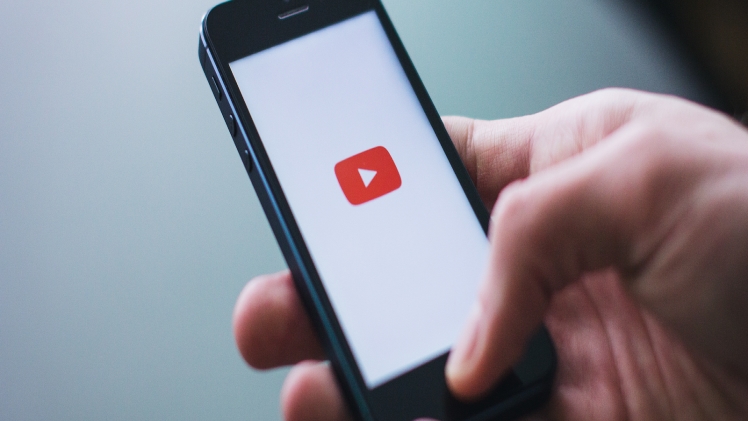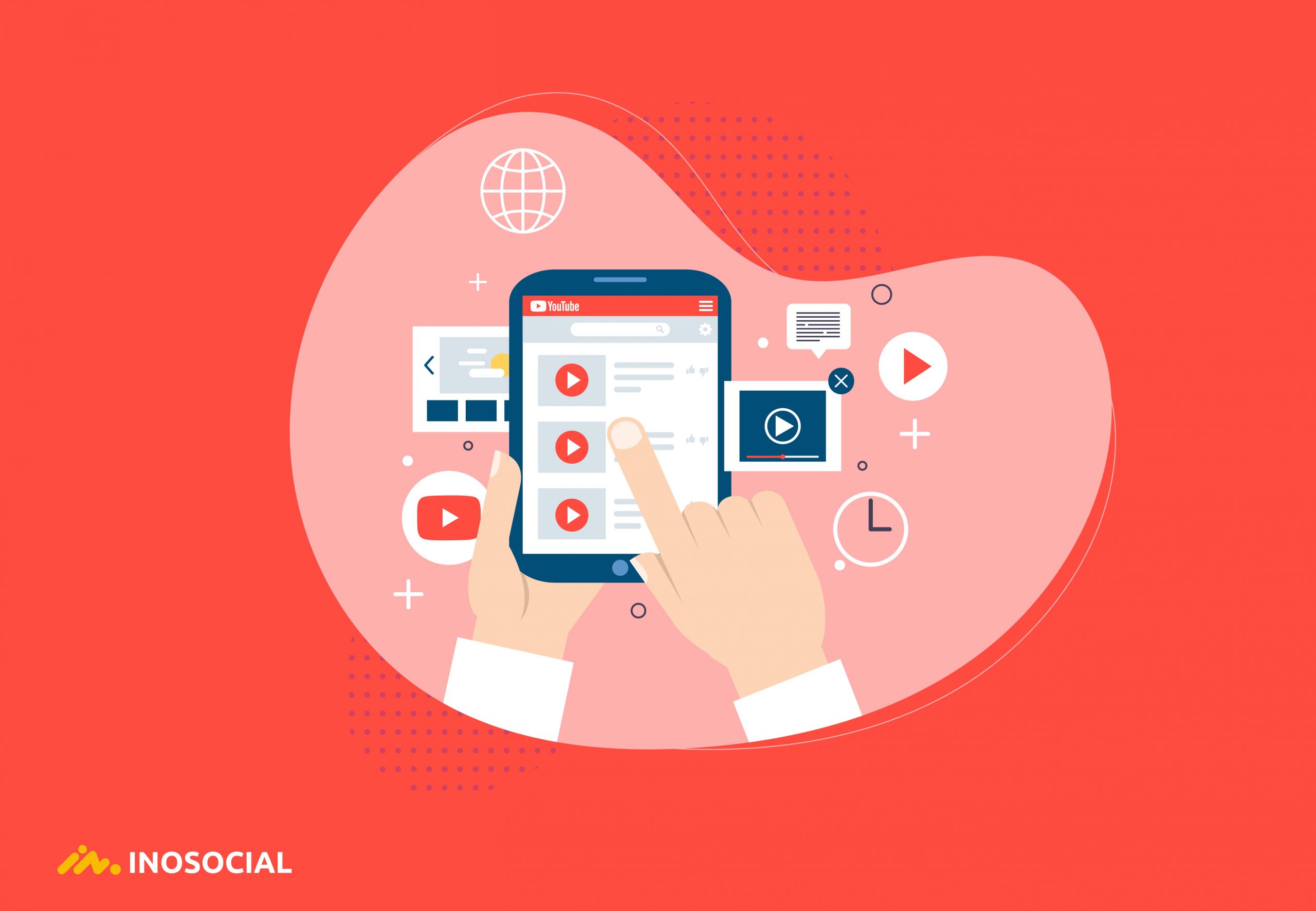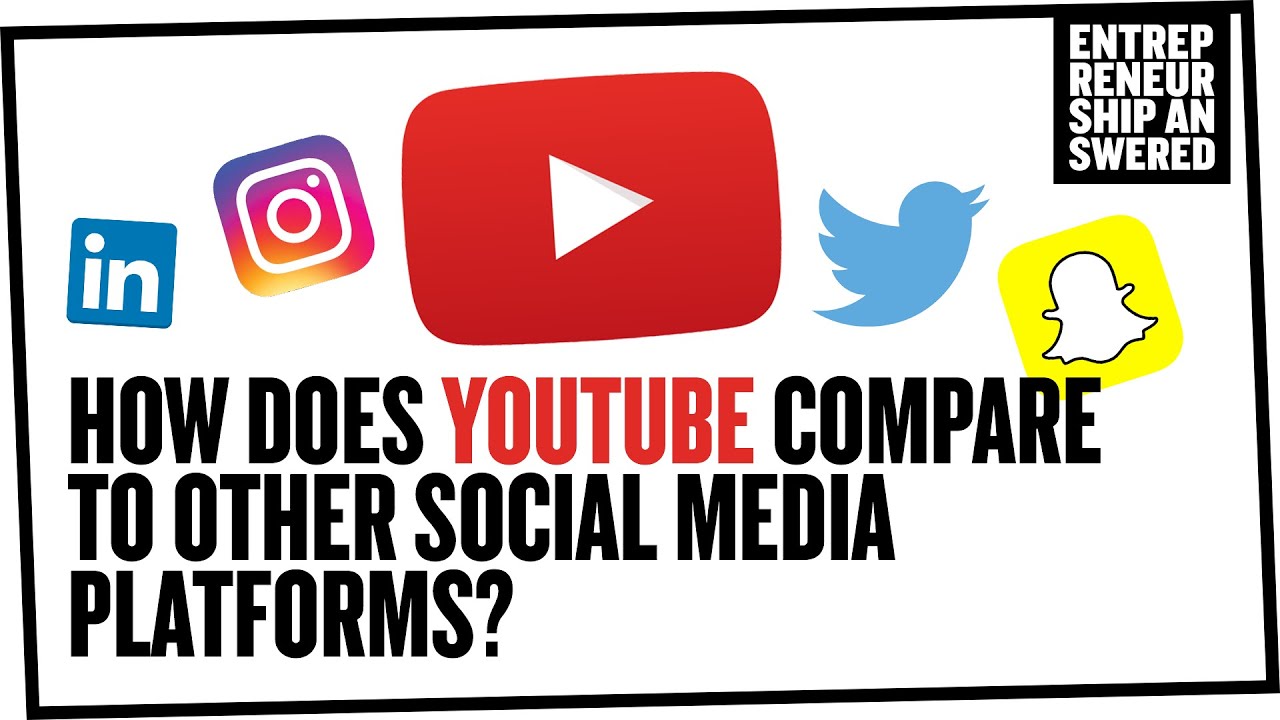When we think of YouTube, a few words often spring to mind: video, entertainment, and the notable "YouTube rabbit hole." But have you ever paused to consider its identity? Is
Defining Social Media

Social media refers to digital platforms that facilitate the creation and sharing of content while promoting social interaction. At its core, social media isn't just about broadcasting; it's about engaging with others. To better understand what we mean by “social media,” let’s break it down into key characteristics:
- User-Generated Content: Most social media platforms prioritize content driven by users. This could be posts, photos, videos, or comments that stem from individuals rather than brands or corporations.
- Interactivity: Social media thrives on engagement. Users can like, comment, share, and participate in conversations, creating a dynamic and interactive experience.
- Community-Building: At the heart of social media is the ability to connect with others. Whether through shared interests, hobbies, or social issues, these platforms foster communities.
- Real-Time Communication: Quick and instantaneous interaction defines social media. Users can respond to posts or messages in real time, facilitating a faster back-and-forth exchange.
While platforms like Facebook and Twitter epitomize these characteristics, the following questions arise: Do platforms like YouTube also fit into this definition? As we continue, we will dive deeper into YouTube's unique framework to see where it stands in this social media versus content platform debate.
3. Understanding Content Platforms

When we talk about content platforms, we’re diving into a world that allows users to create, share, and consume various types of content. These platforms are the backbone of online interaction, where creativity flourishes and ideas spread like wildfire.
At their core, content platforms focus on the dissemination of information, whether that be through articles, videos, podcasts, or music. Unlike traditional social media that emphasizes user interaction, a content platform's primary goal is to deliver high-quality content in the most engaging way possible.
- Types of Content: Content platforms can host various formats, including:
- Articles and blogs
- Videos
- Podcasts
- Music and streaming audio
- Examples of Content Platforms: Some popular content platforms include:
- Medium (for writing)
- SoundCloud (for audio)
- Vimeo (for video)
- User Interaction: While interaction is possible, it’s typically not the main focus. Users may comment or engage, but the emphasis remains on consumption.
In essence, content platforms serve as a digital stage for creators to showcase their work. They carve out an important space for storytelling and information sharing in an increasingly digital world.
4. YouTube's Features and Functionality

YouTube isn't just a platform for uploading and watching videos; it's a comprehensive ecosystem loaded with features that enhance both creator and viewer experiences. Let's delve into what makes YouTube stand out!
| Feature | Description |
|---|---|
| Video Uploads | Users can easily upload their own videos, ranging from short clips to full-length films. This functionality makes it accessible for anyone with a camera and creativity. |
| Subscriptions | Viewers can subscribe to channels, allowing them to receive notifications on new uploads. This creates a personalized viewing experience. |
| Comments and Interaction | Viewers can interact with creators and other users through comments, enabling discussions and feedback on specific videos. |
| Playlists | Users can create playlists to organize their favorite videos, making it easy to revisit and share them. |
| Monetization | Creators can earn money through ads, memberships, and merchandise, turning their passion into a viable income source. |
Beyond these features, YouTube also offers an array of methods for content discovery, including recommendations, trending sections, and search functionalities. Together, these elements make YouTube a powerful tool for diverse content dissemination, connecting creators and audiences in a vibrant online community.
Comparative Analysis: YouTube as Social Media
When we think about social media, platforms like Facebook, Instagram, and Twitter probably come to mind first. However, YouTube often gets overlooked in this conversation, which might lead some to wonder about its role as a social media player. After all, YouTube thrives on user interactions—comments, likes, shares, and subscriptions. So, how does it stack up against traditional social media platforms?
Let's break it down:
- Interaction Levels: On platforms like Facebook, interactions and conversations are immediate and often centered around text posts and images. YouTube allows for comments on videos, creating a unique form of interaction, although it might not be as instant as typing a comment on Twitter.
- Content Creation: Social media often promotes user-generated posts with a focus on social engagement. While YouTube allows users to create content, the emphasis is more on video production, often requiring higher skill levels and more resources.
- Community Building: YouTube channels foster communities. Subscribers can engage with creators and each other, promoting a sense of belonging—similar to Facebook groups but in a video format.
- Networking:* YouTube features collaborations between creators, offering a method of networking that is reminiscent of social media influencers finding synergy with one another.
In summary, while YouTube does possess key social media characteristics, it also diverges significantly from traditional social platforms due to its emphasis on video content and production quality. It’s social—but it’s social in a very unique way.
YouTube as a Content Platform: An In-Depth Look
YouTube is undeniably a powerhouse when it comes to content delivery. With over 2 billion monthly active users* and a staggering 1 billion hours of video watched each day, it’s one of the largest video-centric platforms in the world. But what really sets it apart as a content platform? Let’s delve deeper.
Key Features:
| Feature | Description |
|---|---|
| Video Hosting | YouTube provides a free platform for users to upload and store videos, with varied quality and duration options. |
| Monetization | Creators can earn revenue through ads, memberships, and merchandise, incentivizing high-quality content production. |
| Searchability | With its powerful search engine capabilities, YouTube videos can easily be discovered by a global audience. |
| Analytics | Creators have access to detailed analytics on view counts, audience demographics, and engagement metrics, helping them refine their content strategies. |
What makes YouTube particularly appealing as a content platform is its versatility. Whether you’re interested in education, entertainment, or professional development, there’s something for everyone. From DIY tutorials to music videos and educational lectures, YouTube covers a vast array of topics, making it a one-stop destination for video content.
Moreover, the platform supports various content formats, including live streams, short videos (YouTube Shorts), and long-form content, allowing creators to express their ideas in multiple ways. This flexibility not only enriches viewer experience but also helps creators expand their reach and engagement.
In a nutshell, YouTube stands out as a robust content platform that harmonizes entertainment and education, making it a go-to resource for millions around the globe.
Users' Perspectives: How They Use YouTube
When it comes to YouTube, users have varied perspectives on what it means to them, and that largely shapes how they interact with the platform. Some might see it purely as a content platform, while others view it as a social media hub where communities thrive. Let's dive into a few common ways users engage with YouTube:
- Content Consumption: Many users turn to YouTube primarily for entertainment, education, or inspiration. Whether it’s watching the latest music videos, cooking tutorials, or DIY projects, consumption is a significant aspect of YouTube’s appeal.
- Community Engagement: For some, YouTube is a place to connect with like-minded individuals. They may participate in comment sections, follow creators, and share content with their friends, creating a sense of community around shared interests.
- Content Creation: Aspiring creators use YouTube as a platform to showcase their talents. From vloggers to gamers, many users are not just viewers; they actively create, upload, and manage their channels, contributing significantly to the platform’s vast content library.
- Influence and Trends: A lot of users also use YouTube to keep up with trends and influencers. It's not uncommon for people to feel a connection with their favorite content creators, often leading to purchasing decisions based on these influences.
- Learning and Growth: Educational content is massively popular. Users rely heavily on YouTube for self-improvement tutorials, language learning, technical skills, and much more, making it an essential tool for learning in the digital age.
Conclusion
So, is YouTube a social media platform or a content platform? The answer isn’t black and white. YouTube successfully wears multiple hats, serving as a hybrid of both a social and content platform. Users approach it from distinct angles, and that's what makes it unique.
Consider the implications:
- For content creators, it’s primarily a content platform where they can share their work and gain exposure.
- For viewers, it can feel like a social media outlet where they connect, engage, and build communities around shared interests.
As YouTube continues to evolve, it’s likely that this duality will persist. The platform thrives on the interaction between users, creators, and the content itself, creating an ecosystem that fosters both connection and creativity. Next time you find yourself scrolling through videos, think about how you relate to the content and the community around it—because that's where the magic truly happens!










